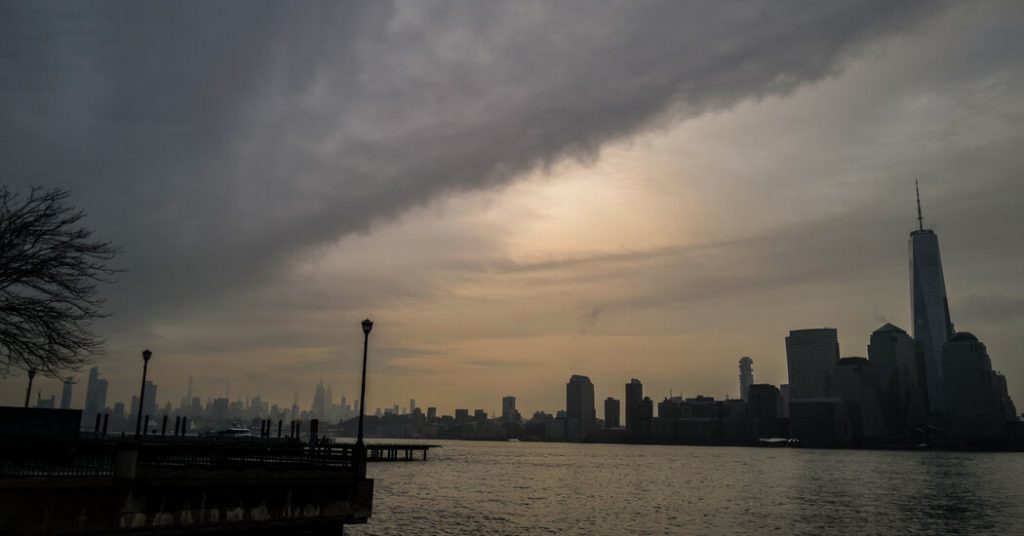On Friday morning, a magnitude 4.8 earthquake struck the New York City region, with its epicenter located in Lebanon, New Jersey, around 50 miles west of Manhattan. The United States Geological Survey reported that the earthquake was felt in cities as far as Philadelphia and Boston. The shaking caused buildings to tremble and residents to feel the effects of the seismic activity. Further details about the earthquake are still being monitored and updates are expected as more information becomes available.
The earthquake hit shortly after 10:20 a.m., catching many residents off guard as earthquakes are not a common occurrence in the New York City area. The tremors were felt across a wide geographical area, indicating the significant magnitude of the quake. Reports of the shaking came from various cities along the East Coast, highlighting the widespread impact of the seismic event. As the situation continues to unfold, authorities are working to assess any damage or consequences of the earthquake and provide assistance to those affected.
Building safety and infrastructure will likely be key concerns following the earthquake, as structures may have suffered damage or been compromised by the seismic activity. Residents and officials will need to inspect buildings for any signs of structural damage and take necessary precautions to ensure the safety of individuals in affected areas. The earthquake serves as a reminder of the importance of preparedness and proper safety measures in the event of natural disasters, including earthquakes, which can have unpredictable and potentially damaging effects on communities.
As a developing story, updates on the earthquake will provide more clarity on the extent of the impact and any ongoing risks or issues associated with the seismic event. Monitoring aftershocks and additional seismic activity will be crucial in assessing the stability of the region following the initial earthquake. Continued communication from authorities and organizations involved in emergency response efforts will be essential in keeping the public informed and providing support to those in need.
The earthquake serves as a reminder of the unpredictability of natural disasters and the need for vigilance in preparedness and response efforts. While earthquakes are relatively rare in the New York City region, the recent seismic activity highlights the potential risks that communities face from these events. Building resilience and readiness for emergencies will be essential in ensuring the safety and well-being of residents in the face of natural disasters such as earthquakes. Ongoing monitoring and preparedness efforts will be critical in mitigating risks and addressing any impacts from future seismic activity.
Overall, the earthquake in the New York City region was a significant event that has raised awareness about the potential for seismic activity in the area. As updates continue to emerge and the situation is further assessed, residents and authorities will need to remain vigilant and prepared for any potential aftershocks or future earthquakes. By staying informed and taking proactive measures to ensure safety and security, communities can better withstand the impacts of natural disasters and work together to recover and rebuild in the aftermath of such events.


